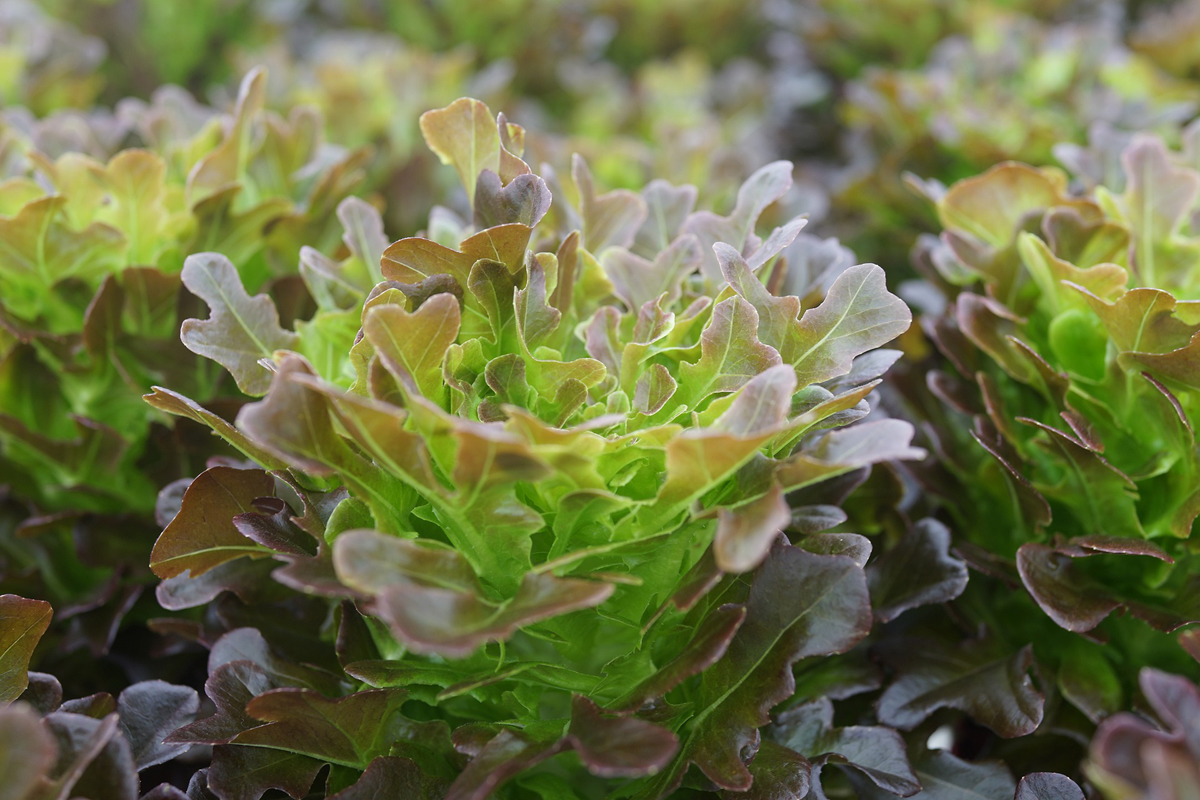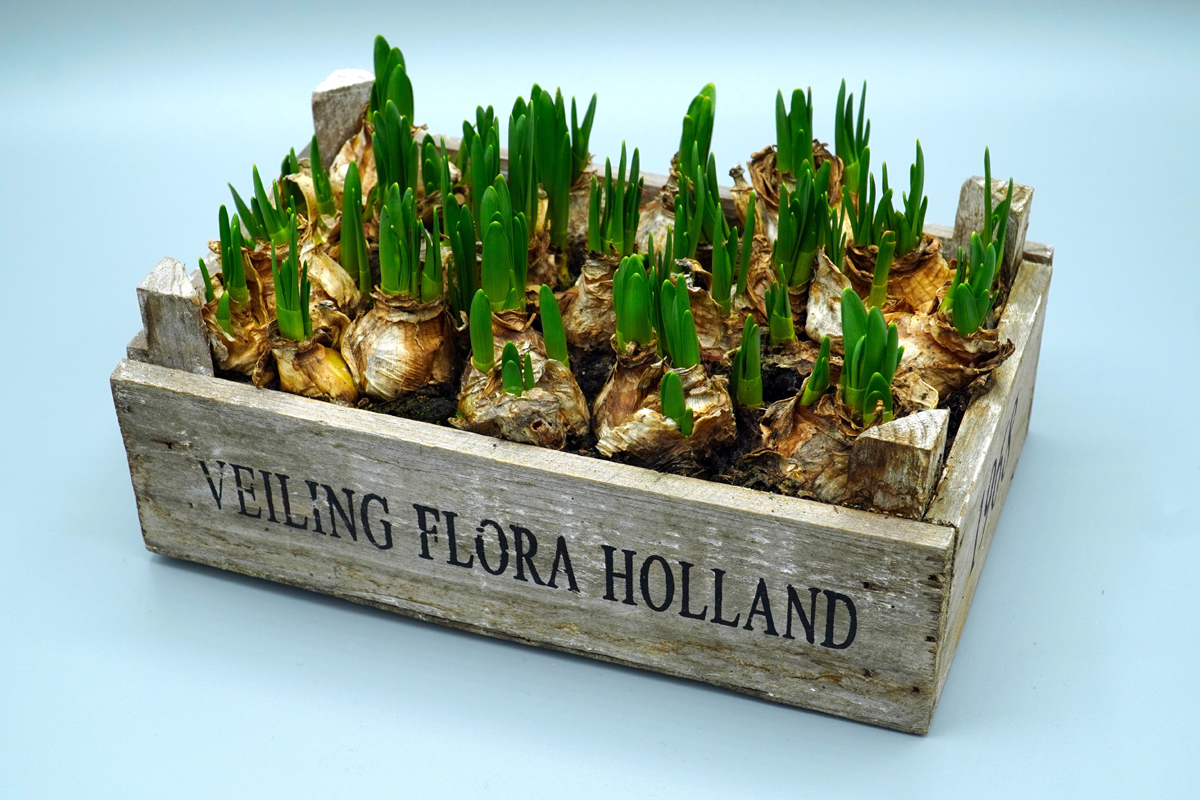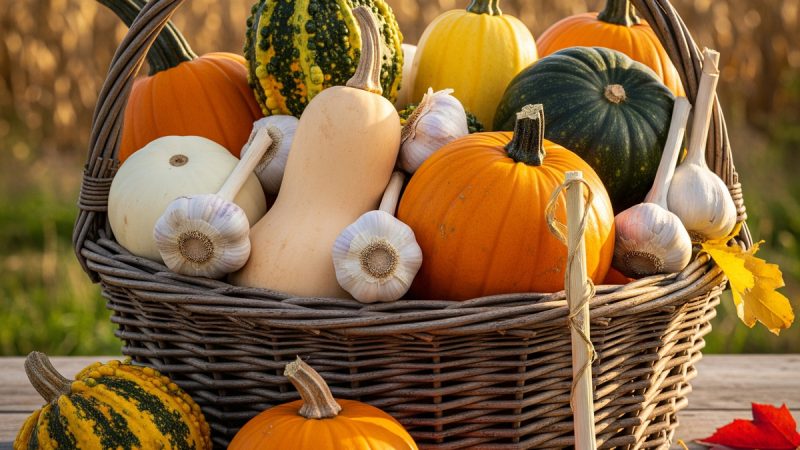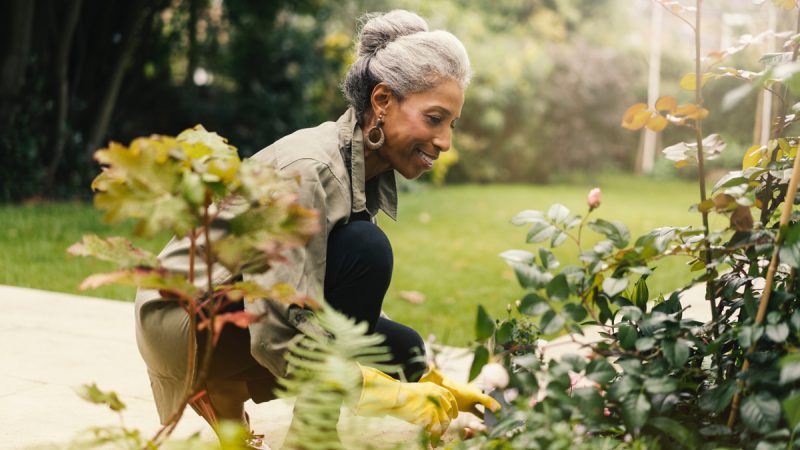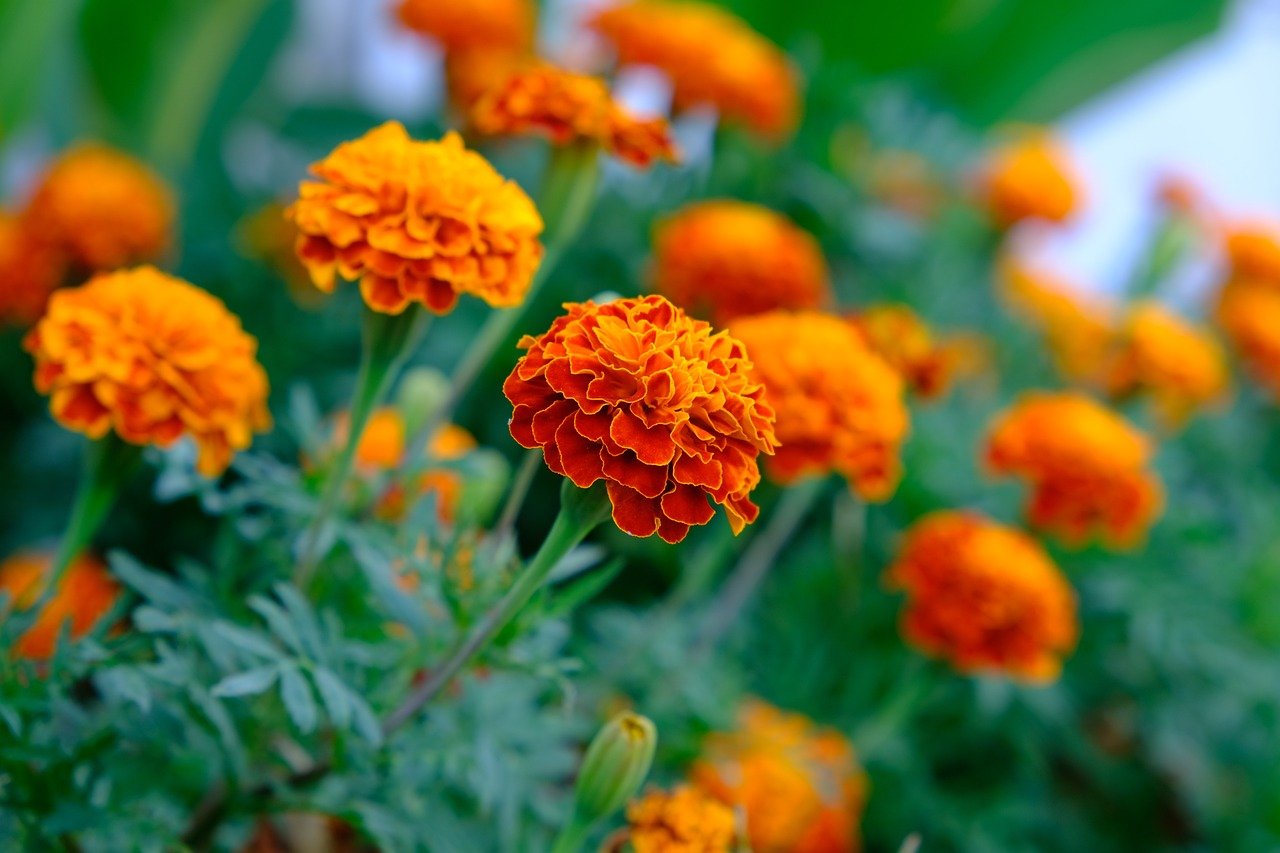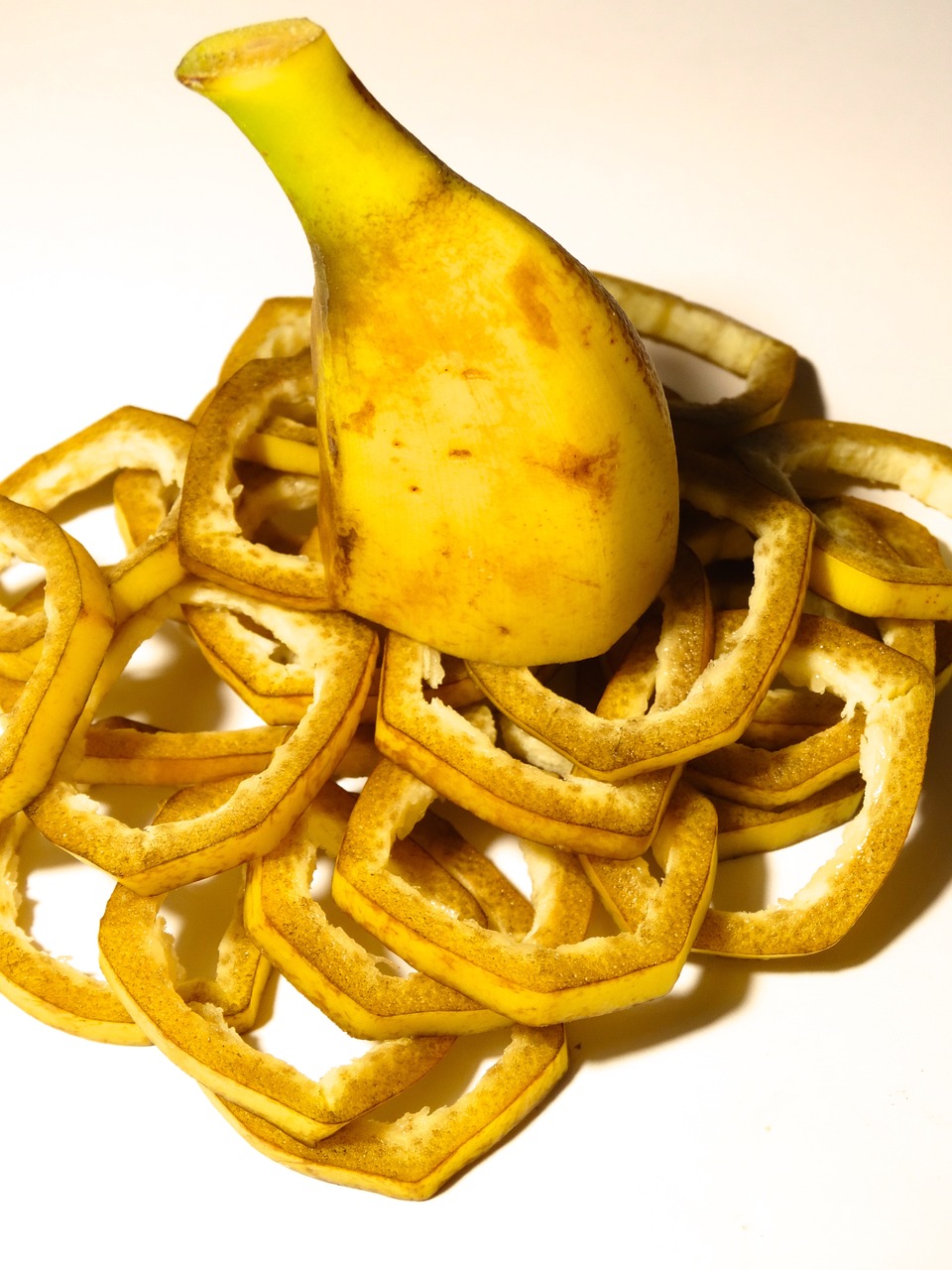First Time Gardener’s Advice
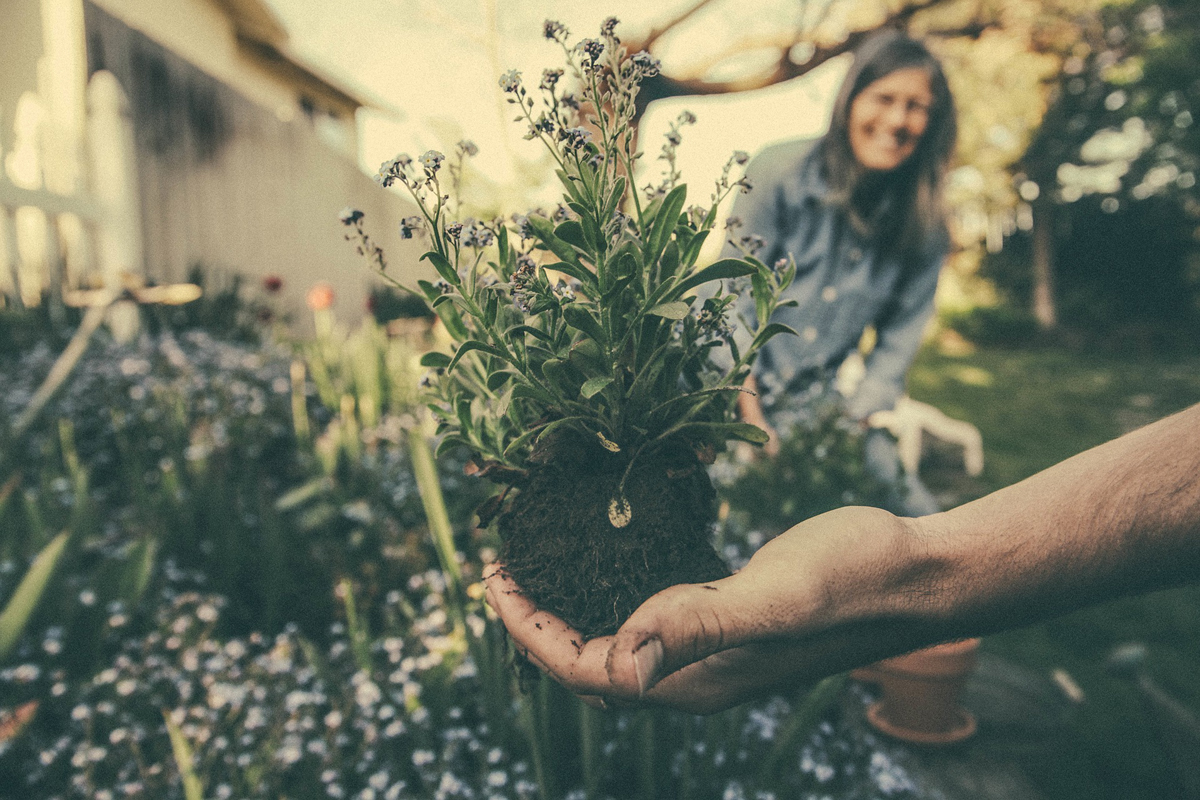
Each year, thousands of first-timers will join the millions of seasoned gardeners who already know the satisfaction of picking a perfect tomato at its peak, serving up salads from greens just grown right outside the back door, or harvesting home-grown peppers and specialty herbs never even seen at the grocery store.
Most of us want that home-grown, healthy goodness that veggie and herb gardens provide, but sometimes it’s hard to figure out just where to start. Diligent effort and smart investment can result in less-than-expected results, but starting your own produce plot and reaping its rewards is not out of your reach.
Even a small garden can fill your table with fresh, nutritious food, and help save money, too. In addition to the satisfaction you’ll get from growing your own food, gardening delivers a host of other health benefits, from low-impact exercise to boosting vitamin D levels with the hours you’ll spend in the sunshine.
Whether you start with a few containers on your patio, create a raised bed in a side yard or go big and plant a grand victory garden, gardening can be easy if you start with these six simple steps.
Step 1 – Pick Transplants
While every plant starts from a seed, transplants make establishing your garden easier, and help ensure better success. Transplants, like Bonnie Plants which are grown regionally across the country and available at most garden retailers, nationwide, can trim six to eight weeks off growing time, and allow you to skip over the hard part of the growing process when plants are most vulnerable – so they’re more likely to survive and thrive.
Bonnie Plants offers a wide variety of veggies and herbs, available in biodegradable pots, making the selection process easy. Plant what you eat and try some easy-to-grow favorites, like these:
* Easy herbs – The volatile oils that make herbs valuable in cooking also naturally repel many insects and garden pests. Try basils, parsley, rosemary and something new, like grapefruit mint, which tastes as refreshing as it sounds.
* Bell peppers – You’ll find the Bell peppers grown in your own backyard will taste sweeter than those bought from your grocer. Harvest them green or red, when vitamin levels are higher. Bonnie offers the classic “Bonnie Bell,” that’s a productive proven winner.
* Eggplant – Eggplant thrives in hot weather. Try easy grow “Black Beauty” or something different like the white-skinned “Cloud Nine.”
* Lettuce – Go for “leaf” lettuces like “Buttercrunch,” “Red Sails,” or Romaine. They’ll tolerate more heat than head lettuces and if you keep picking the leaves you’ll get multiple harvests.
* Summer squash – Squash are easy-grow too, and very productive. Try zucchini “Black Beauty” or new-for-2013 Golden Scallop Patty Pan Squash. Many gardeners call this the flying saucer squash because of its unique shape. The flavor is delicate and mild, similar to zucchini.
* Tomatoes – These crimson favorites are the most popular backyard vegetable. Choose disease-resistant “Better Boy,” “Bonnie Original” or the extra-easy cherry tomato “Sweet 100.”
Step 2 – Location, Location, Location
Be sure the spot you choose for your plants gets six to eight hours of sun.You don’t need a lot of space to begin a vegetable garden. If you choose to grow in containers, you don’t even need a yard – a deck, patio or balcony will provide plenty of space. The amount of space you require will depend on what you’re planting and how many plants you intend to cultivate.
Sun-deprived plants won’t bear as much fruit and are more vulnerable to insects and stress.
Step 3– Suitable Soil
Success starts with the soil. Most vegetables do well in moist, well-drained soil that’s rich in organic matter like compost or peat moss. Adding organic material loosens stiff soil, helps retain moisture and nourishes important soil organisms.
Step 4– Feed Your Food
All edible plants remove some nutrients from the soil, and can quickly exhaust soil without the help of a fertilizer. Since one of the reasons for growing your own vegetables is to control exactly what your family consumes, be sure to use all-natural, safe products like Bonnie Plant Food, which is derived from oilseed extract such as soybean seed extract. Research shows plants are healthier and more vigorous using organically based foods, rather than chemical based options.
Step 5 – Water Well
Most vegetables aren’t drought tolerant, so you’ll need to water them regularly. The closer your garden is to a water source, the easier it will be to keep plants hydrated. One inch of water weekly is adequate for most vegetables.
Step 6 – Pest Patrol
Let natural predators fight your battles, hand-pick pests or dislodge them with a jet of water. If you spray, do it late in the day when beneficial insects are less active.
You can find plenty of resources to help guide you through the planting process, from websites like www.bonnieplants.com to your local community college’s agricultural extension. Read up, watch videos, take a class and get your hands dirty.
The Author:

